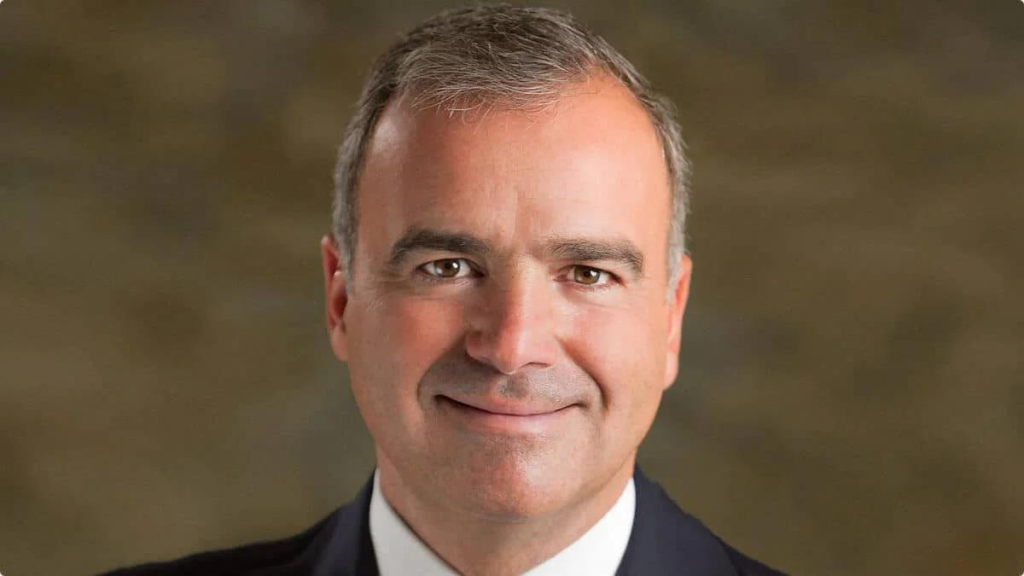The philosophy underlying JP Conte’s approach to organizational change centers on enhancing organizational culture while driving structural transformation. Throughout his tenure as Chairman and Managing Partner of a leading private equity firm, Conte has navigated multiple economic cycles, fund transitions, and portfolio company reorganizations, developing methodologies that preserve institutional memory while adapting to new market realities. His collaborative management approach provides the foundation for managing complex transitions without losing organizational identity.
Conte’s arrival in private equity in 1995 marked the beginning of systematic growth that transformed a modest investment firm into one of America’s leading middle-market organizations. When he joined, the firm managed roughly $100 million in assets; under his leadership, it has grown to approximately $49 billion in assets under management. This expansion required continuous organizational adaptation while maintaining the collaborative culture that defined early success.
The methodology Conte employs during leadership transitions emphasizes gradual evolution rather than revolutionary change. His rise to leadership within three years of joining demonstrates how systematic preparation enables smooth succession planning. Conte spent time understanding existing systems, relationships, and cultural dynamics before implementing modifications.
Central to Conte’s transition management philosophy is the concept of collaborative decision-making that preserves institutional knowledge while incorporating new perspectives. His collaborative approach creates environments where team members feel secure enough to embrace change rather than resisting it. This style reflects his understanding that successful transitions require building consensus rather than mandating compliance.
Multiple fundraising cycles under Conte’s leadership illustrate his ability to manage external pressures while maintaining internal stability. Each fundraising cycle requires demonstrating continuity to investors while showcasing adaptation to market conditions.
The transition challenges Conte faces extend beyond internal operations to portfolio company management. His board positions with companies like ConnectiveRx and Signant Health require navigating leadership changes within healthcare and technology organizations facing their own transformation pressures. Each board role demands understanding how organizational culture impacts transition success across different industries.
Conte’s approach to talent development during transitions reflects his understanding that sustainable change requires building internal capabilities rather than relying solely on external recruitment. His emphasis on mentorship programs and early career development creates pipelines of professionals who understand both traditional practices and emerging requirements. This internal development strategy reduces disruption during leadership transitions by ensuring continuity of expertise.
The launch of Lupine Crest Capital, his family office, in March 2025 represents Conte’s application of transition management principles to his own career evolution. His family office leverages his decades of experience and will “deploy strategic capital across varying asset classes” while maintaining his existing commitments.
The timing of Lupine Crest’s launch illustrates Conte’s strategic approach. “We are entering a period of exceptional growth for American entrepreneurship and innovation. There is no better moment than right now to invest in businesses we believe in and give them the boost they need to turn from good to great,” he states. This perspective frames organizational transition as an opportunity rather than a disruption.
Conte’s experience managing portfolio company transitions provides insights into his methodology for organizational change. His involvement with successful exits like PRA Health Sciences, Netsmart Technologies, and TravelClick required navigating transitions throughout the process. Each transition demanded balancing growth initiatives with operational stability.
The organizational cultural elements of Conte’s transition management become apparent in his emphasis on building teams rather than hiring individuals. His approach involves “partnering with the top operating talent to lead the companies” rather than imposing predetermined structures. This methodology recognizes that successful transitions require buy-in from existing teams rather than wholesale replacement of personnel.
Conte’s board service with organizations like Colgate University and the UCSF Foundation demonstrates how his transition management expertise applies beyond commercial enterprises. Academic and philanthropic organizations face unique challenges during leadership changes, requiring sensitivity to stakeholder expectations and commitment to those they serve while driving necessary evolution. His experience spans across private equity and philanthropic endeavors, providing a comprehensive perspective on transition dynamics in any situation.
The integration of technology and traditional investment approaches reflects Conte’s understanding that modern transitions require embracing technological change while preserving human relationships. From both investments in software companies that provide experience with technology-driven organizational transformation to Lupine Crest’s focus on “companies with strong leadership that experience solid growth,” there is an overarching emphasis on the human elements of successful transitions.
Conte’s approach to managing economic cycle transitions demonstrates another dimension of his leadership philosophy. His career spans multiple recessions, market expansions, and industry transformations, providing experience with external pressures that force organizational adaptation. The consistency of performance across these cycles suggests that effective transition management that maintains strategic focus despite changing market conditions delivers consistent wins.
The methodology underlying Conte’s transition management emphasizes preparation, communication, and gradual implementation. Rather than announcing dramatic changes and expecting immediate adaptation, he invests time in building understanding and consensus before implementing modifications. This approach reduces resistance while ensuring that changes achieve their intended objectives.
Conte’s career trajectory illustrates how successful leaders manage personal transitions while maintaining organizational stability. His evolution from starting his career at Chase Manhattan Bank to private equity chairman required continuous learning and adaptation without abandoning foundational principles. The consistency of his values across different roles demonstrates how personal authenticity enables successful navigation of professional transitions.
The foundation of Conte’s transition management philosophy rests on his understanding that organizational change succeeds when it builds on existing culture while addressing new requirements. His collaborative approach creates environments where teams embrace rather than resist necessary evolution, enabling smooth transitions that preserve institutional knowledge while building future capabilities.
